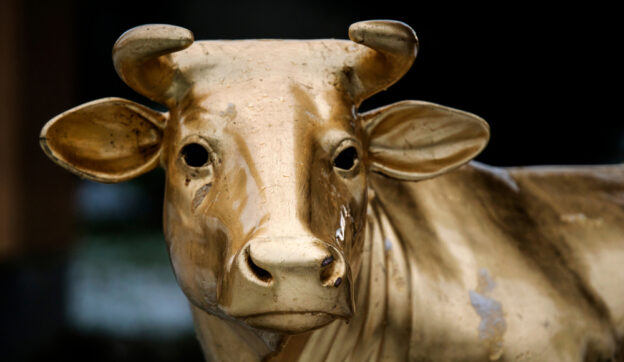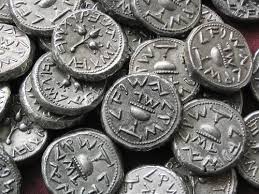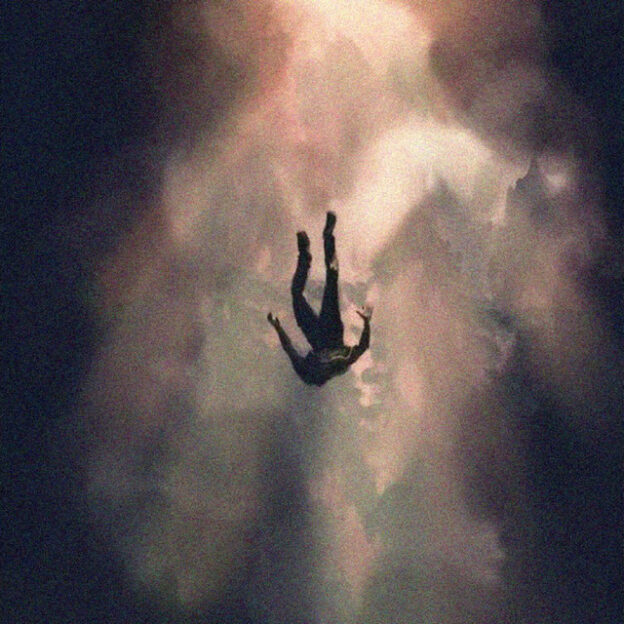Tzara’as, the condition that occupies the bulk of parshios Tazria and Metzora, is characterized by the Talmud as a punishment for sins like speaking ill of others or stinginess at their expense. Thus the Rambam considers it something other than an infection in the normative, medical sense. Other Rishonim (e.g. Daas Zekeinim, Chizkuni), though, seem to regard the condition, at least when it manifests in a human body (it can also affect material and walls) as contagious, evidenced in the requirement that a person with the skin condition “sit alone” outside the camp of the general population (Vayikra 13:46).
Others regard that mandated isolation – which enjoins the afflicted person to call out to passers-by the fact that he is “Impure! Impure!” – as a punishment in itself, or as an opportunity to meditate on his sin (e.g. Sefer HaChinuch).
The Lutzker Rav, Rav Zalman Sorotzkin, zt”l (1881–1966), in his Oznayim LaTorah, takes that latter approach to a higher level, observing that the interpersonal sins that brought about the metzora’s condition were born of his dismissive, negative view of other people, his self-centeredness and misanthropy. Thus, he felt no compunctions about speaking ill of others or withholding things from them.
So, suggests Rav Sorotzkin, the metzora’s isolation may be intended to sensitize him to the importance of society. His being cut off from others will eventually be torturous. Like, Rav Sorotzkin adds, interestingly, the fictional Robinson Crusoe, who, shipwrecked and isolated on a remote island, is tormented by lack of interaction with others. The famous novel’s author (Daniel Defoe) “vividly portrays [Crusoe’s] longing for human interaction and conversation.”
The isolated metzora, writes Rav Sorotzkin, will feel similar pain, and thereby come to realize that the world contains others, others whose existence and whose needs he must value.
The metzora’s calling out of his plight to others, Rav Sorotzkin continues, is intended to inspire them to pray for his recovery. So, added to his existential loneliness, the metzora’s dependence on others will help cure him of his misanthropy.
© 2023 Rabbi Avi Shafran









